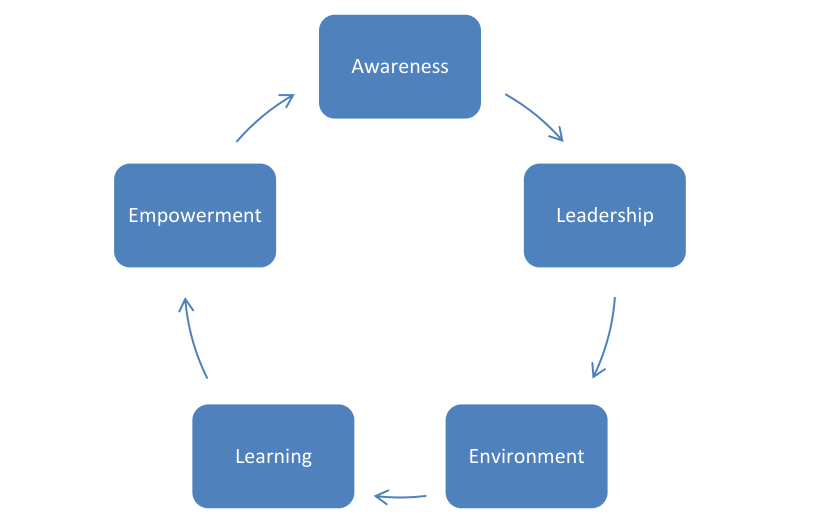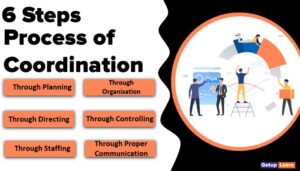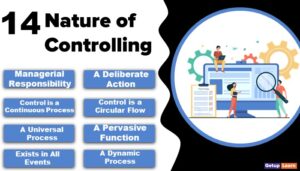Table of Contents
What is Learning Organization?
A Learning Organisation is one in which people at all levels, individuals and collectively, are continually increasing their capacity to produce results they really care about.
The Learning Organisation is a concept that is becoming an increasingly widespread philosophy in modern companies, from the largest multinationals to the smallest ventures. What is achieved by this philosophy depends considerably on one’s interpretation of it and commitment to it. The quote below gives a simple definition that we felt was the true ideology behind the Learning Organisation.
Definition of Learning Organization
A model of strategic change in which everyone is engaged in identifying and solving problems so that the organization is continuously changing, experimenting and improving, thus increasing its capacity to grow and achieve its purpose.
Rowden (2001)
Reasons for Learning Organization
A company that performs badly is easily recognizable.
- Can you spot the signs?
- Does your employees seem unmotivated or uninterested in their work?
- Does your workforce lack the skill and knowledge to adjust to new jobs?
- Do you seem to be the only one to come up with all the ideas?
- And does your workforce simply follow orders?
- Do your teams argue constantly and lack real productivity?
- Or lack of communication between each other?
- And when the “guru” is off do things get put on hold?
- Are you always the last to hear about problems?
- Or worst still the first to hear about customer complaints?
- And do the same problems occur over and over?
If any of these points sound familiar the answer for you is to jump onto the bandwagon of a Learning Organisation.
Building Blocks of a Learning Organization
The Building Blocks of a learning organisation are delineated as follows; Before the concept of Learning Organisations can be implemented, a solid foundation can be made by taking into account the following:

Awareness
Organizations must be aware that learning is necessary before they can develop into a Learning Organisation.
- Learning must take place at all levels; not just the Management level.
- Once the company has accepted the need for change, it is then responsible for creating the appropriate environment for this change to occur.
Environment
Centralized, mechanistic structures do not create a good environment. Individuals do not have a comprehensive picture of the whole organization and its goals. This causes political and parochial systems to be set up which stifles the learning process. Therefore a more flexible, organic structure must be formed.
By organic, we mean a flatter structure that encourages innovations. The flatter structure also promotes the passing of information between workers and so creating a more informed workforce. It is necessary for management to take on a new philosophy; to encourage openness, and reflectivity and to accept error and uncertainty.
Members need to be able to question decisions without the fear of reprimand. This questioning can often highlight problems at an early stage and reduce time-consuming errors. One way of overcoming this fear is to introduce anonymity so that questions can be asked or suggestions made but the source is not necessarily known.
Leadership
Leaders should foster the Systems Thinking concept and encourage learning to help both the individual and organization in learning.
- It is the leader’s responsibility to help restructure the individual views of team members. For example, they need to help the teams understand that competition is a form of learning; not a hostile act.
- Management must provide a commitment to long-term learning in the form of resources. The amount of resources available (money, personnel, and time) determines the quantity and quality of learning. This means that the organization must be prepared to support this.
Empowerment
The locus of control shifts from managers to workers. This is where the term Empowerment is introduced.
- The workers become responsible for their actions, but the managers do not lose their involvement. They still need to encourage, enthuse and co-ordinate the workers.
- Equal participation must be allowed at all levels so that members can learn from each other simultaneously. This is unlike traditional learning that involves a top-down structure (classroom-type example) which is time-consuming.
Learning
Companies can learn to achieve these aims in Learning Labs.
- These are small-scale models of real-life settings where management teams learn how to learn together through simulation games.
- They need to find out what failure is like so that they can learn from their mistakes in the future. These managers are then responsible for setting up an open, flexible atmosphere in their organizations to encourage their workers to follow their learning example.
- Anonymity has already been mentioned and can be achieved through electronic conferencing. This type of conferencing can also encourage different sites to communicate and share knowledge, thus making a company truly a Learning Organisation.








